New Zealand
Growers ‘devastated’ as apples rot in Hawke’s Bay orchards
The apple industry is pleading for help as thousands of tonnes of fruit go to waste, devastating growers.
Due to a severe labour shortage, huge volumes of apples have been left on trees this season and the industry is predicting losses of more than $600 million to provincial economies.
Small orchardist and exporter Bruce Mitchell’s family has been in the industry for more than 50 years.
This season he left six blocks of royal gala apples on the trees due to a lack of pickers.
Read More here…
Commissioners give One Plan change thumbs up, but only as an interim fix
Hundreds of farmers and vegetable growers who have operated without resource consents for years may finally have a way to go legal, with a proposed fix to broken environmental rules given the tick by commissioners.
But councils wanting clarity on the impact the changes may have on multimillion-dollar wastewater projects will likely be disappointed.
Horizons Regional Council will meet on Tuesday to either accept or reject recommendations on changing the One Plan, its rulebook for environmental management.
The plan governs how Horizons manages natural resources in Manawatū, Horowhenua, Tararua, Ruapehu, Whanganui and Rangitīkei, and has mostly worked since it came into force in 2014.
Read More here…
Mandarin harvest off to early start after good growing conditions
The country’s largest citrus grower T&G Fresh is expecting to sell between 12 and 14 million mandarins in New Zealand this season.
Tom Chamberlain, the company’s Northland regional manager, says long, sunny days over the past few months combined with some rainfall in early January has led to a bumper crop.
“We’re pretty happy with how the fruit developed,” he told Magic Talk’s Rural Today on Monday.
“It’s been a really good growing season.”
He said this season kicked off around 10 to 12 days earlier than in previous years.
Read more here…

Japan’s rejection of NZ honey sparks calls for Govt to rethink position on Glyphosate weed killer
Apiculture New Zealand has asked the Agriculture Minister to support a national discussion on Glyphosate use, saying international consumers are becoming more concerned about chemical residues in their food.
Figures from the Japan’s Ministry of Health Labour and Welfare show this year five New Zealand honey shipments, including one as recently as March, have been rejected by Japan for exceeding the country’s accepted trace levels for Glyphosate weed killer.
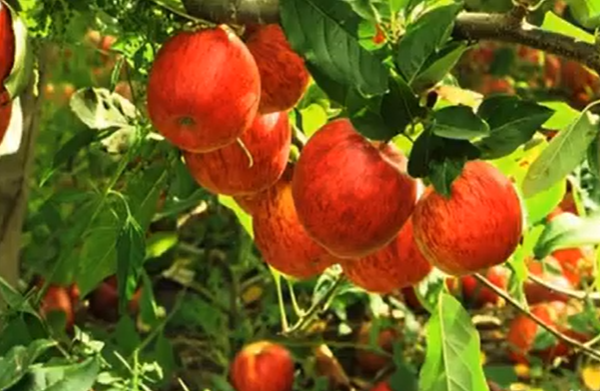
Marlborough winemakers ‘constantly labour-short and scrambling’ as winter pruning season looms
After a smaller-than-anticipated harvest this season, the Marlborough wine industry says it’s absolutely crucial to set up for a solid crop next year.
But with the sector still battling a worker shortage due to the country’s closed borders there are concerns over just how likely that is.
It’s been a tough year for winemakers. Although deemed an essential service during last year’s level 4 lockdown, vineyards around the country had to scramble to complete the harvest while keeping workers safe.
Marcus Pickens, general manager of Wine Marlborough, says although all in all the sector was “very fortunate” to get through the season successfully…
Read More here…
Australia
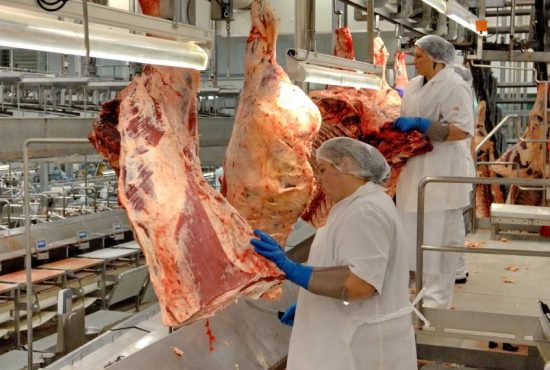
Cattle slaughter rates tipped to be lowest for more than 20 years
Australia is heading for its lowest cattle slaughter rates for more than two decades.
The National Livestock Reporting Service says the 1,206,404 head processed in the eastern states in the March quarter was the lowest tally for more than 20 years.
This trend is expected to continue for 2021.
La Nina rains have produced an abundance of feed in many cattle producing regions which has ensured tightening domestic supply of finished cattle.
Supply is expected to remain tight for the time being as a result.
Read more here…
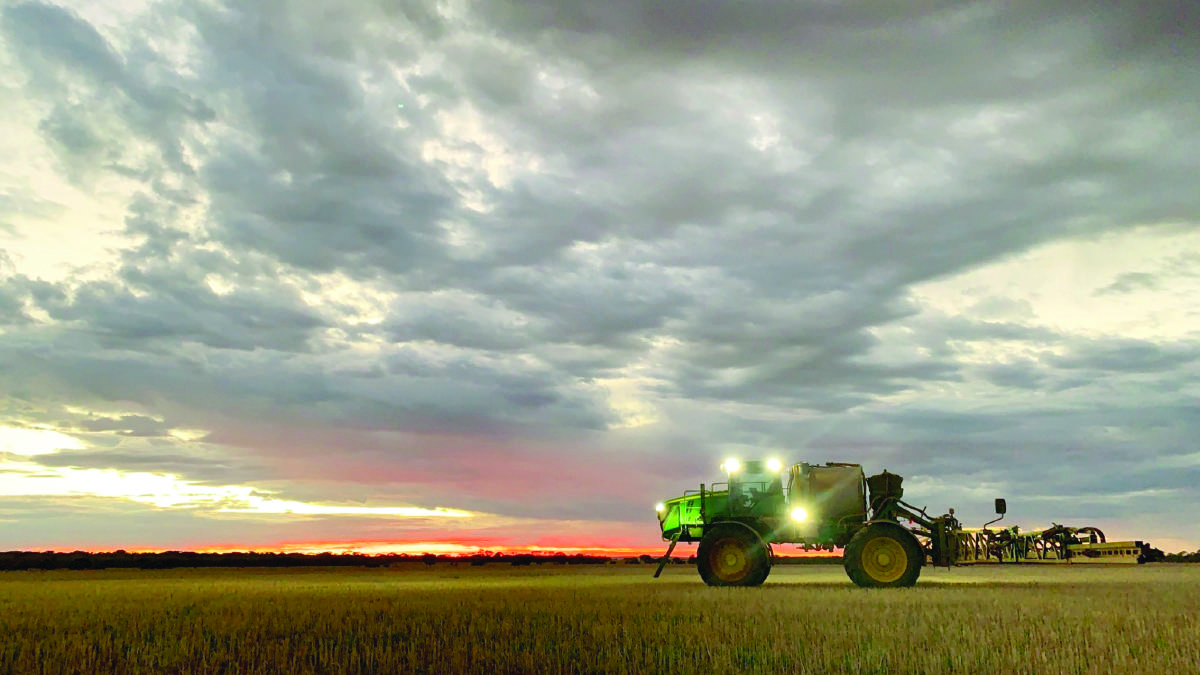
Farmers get a good pre-season knockdown
SEEDING is slowly gearing up in Western Australia’s grainbelt on the back of a big summer spraying program for many – and the results are pleasing with many growers achieving good weed control from the knockdown opportunity.
While some farmers did miss out, for many summer rainfall was the best it’s been in many years, resulting in a significant amount of winter weeds – ryegrass, wild radish, capeweed, barley grass and brome grass – to germinate and subsequently be killed.
Usually growers would be spraying summer weeds for moisture and nitrogen conservation and while that is definitely still useful, they’ve also been able to get a kill on the major problem weeds that are a winter issue.
Read more here…
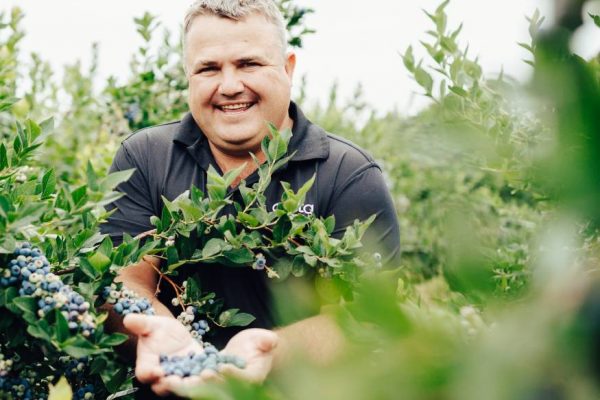
Driscoll’s markets “in conversion” blueberries at it moves to organic production
BERRY variety brand Driscoll’s is encouraging consumers to continue eating its berries even while its farms transition to organic production.
Driscoll’s “in-conversion blueberries” have been grown by farmers adhering to organic principles but haven’t yet been officially certified organic
The blueberries are farmed at the main farm in Tumbarumba, a little town in the Snowy Mountains, NSW by farmer Nico Mulder.
According to Driscoll’s, it can take between 12 months and three years for the land to be cleared of prohibited substances.
Read more here…
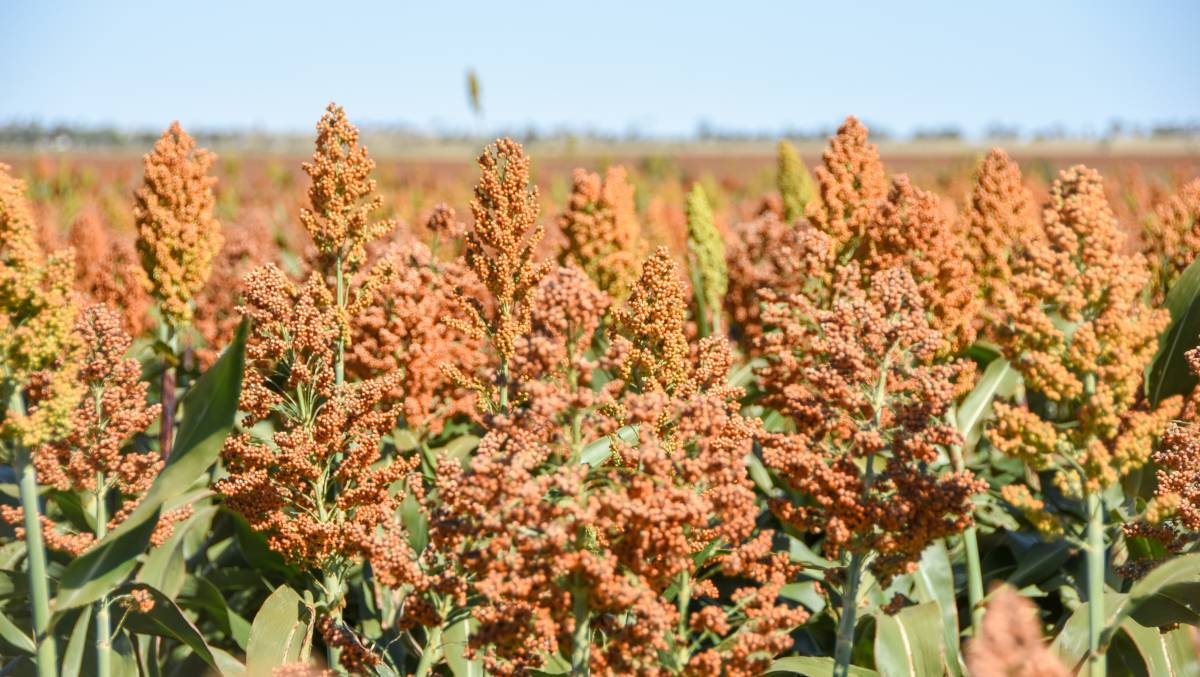
Advanta Seeds cleared in long running shattercane case
FARMERS have lost a bid for compensation in a long running court case over the alleged contamination of sorghum with seed from the noxious weed shattercane.
The class action – Mallonland and ME and JL Nitschke versus Advanta Seeds – related to Advanta’s MR43 sorghum seed planted in Queensland and Northern NSW between 2010 and 2014.
Shattercane is an invasive weed that can be extremely difficult to eradicate once it becomes established.
Queensland’s Supreme Court today ruled in favour of Advanta Seeds.
Read more here…

Kingaroy Research Facility expansion ramps up pigeon pea research
An agriculture research station at Kingaroy is set to become a major hub for pigeon pea research following the addition of 53 hectares of adjoining land.
Agriculture Minister Mark Furner said the expansion of the Kingaroy Research Facility would allow work with pigeon pea to ramp up while also expanding existing trials.
“As one of the most widely-consumed pulses in the world, it has great potential as a summer cash crop,” he said.
“There is strong international demand for pigeon pea and it could also help meet growing demand for plant protein here in Australia.
Read more here…
South America

RECORD-LARGE BRAZILIAN CORN CROP EXPECTATIONS FACE YIELD-CUTTING DRYNESS
After experiencing a lack of moisture for the soybean growing season and a delayed second-crop corn planting season, Brazil’s farmers are still trying to get a handle on crop conditions.
The country’s soybean harvest is all but completed, but the second-crop corn (known as safrhina) is off to a choppy growing season.
In the near term, there may be relief on the way.
Numerous forecast models are indicating continued scattered showers for Brazil’s second-crop corn.
Read More here
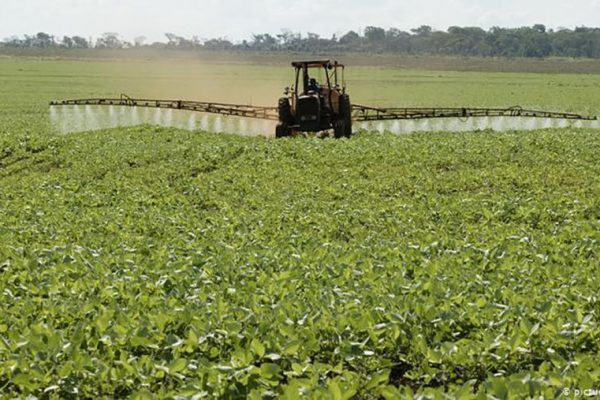
Paraguay grosses US $ 474 million in March for soybean exports
According to a report from Paraguay’s National Customs Directorate (DNA) released Friday, exports of soybean and its derivatives bounced back in March up to 1.1 million tons, worth US $ 474.4 million.
These new figures show a significant progress compared to the first two months of 2021. In January, shipments of oilseed and by-products reached 125,967 tons (US $ 44.8 million), while 779,554 tons were exported in February (US $ 322.1 million).
Compared to January’s numbers, the new report reflected a 779% increase in volume and a 958% rise in revenues, while against Frebruary’s values it meant a 42% variation in volume and 47% in revenues.
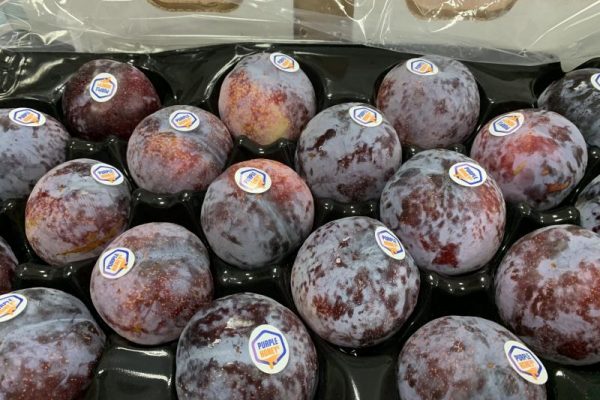
Purple Honey Plums Make Global Debut in China
On April 9, a cargo ship from Chile pulled into the Port of Hong Kong, signifying not only the first arrival of Purple Honey plums on the Chinese market but also the global debut of this new plum variety. The three containers of Purple Honey plums onboard were exported by the Chilean company Exportadora Neofresh and imported by the Chinese company Yidu Group. After completion of the requisite inspection and quarantine measures, the plums were scheduled to reach Shanghai’s Huizhan Fruit and Vegetable Market on April 12 and soon thereafter become available on various online and offline retail channels throughout China.
Purple Honey is a type of Asian plum developed by the University of Chile through a decade-long breeding program. Neofresh has gained exclusive rights to grow and export the fruit.
Read More here…
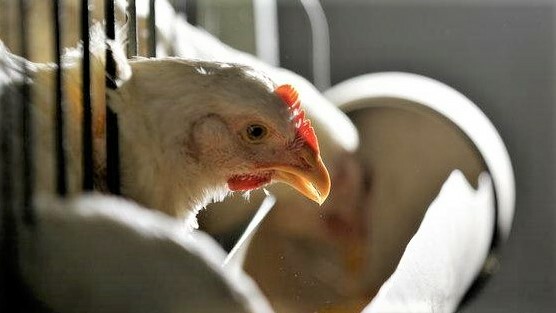
Brazilian Meat Processors to Start Importing Corn Next Month as Domestic Prices Soar
Sao Paulo, BR — Meat lobbying group ABPA projects that Brazil’s chicken and pork processors will need to import corn starting in May as domestic prices of the cereal are historically high, according a report by Reuters.
Corn prices in the physical market surpassed 60 reais ($11.49) per 60-kg bag last week, the highest nominal value in history, reflecting low stockpiles after record exports in 2019.
Corn imports may come from Argentina and Paraguay, which are traditional providers during times of short supply in Brazil.
Food Updates
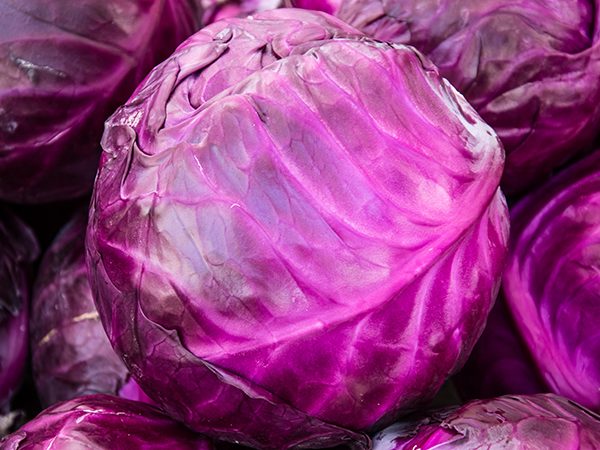
Scientists discover new natural blue food colouring from red cabbage
Researchers searched millions of enzymes to find the right one to produce the natural colouring, which originates from red cabbage.
A natural brilliant blue colouring has been discovered by an international team of researchers including chemists at the University of California, Davis. The new cyan blue, obtained from red cabbage, could be an alternative to synthetic blue food colourings says the research team, whose findings have been published in Science Advances.
“Blue colours are really quite rare in nature – a lot of them are really reds and purples,” said Pamela Denish, a graduate student working with Professor Justin Siegel at the UC Davis Department of Chemistry and Innovation Institute for Food and Health.
Read more here…
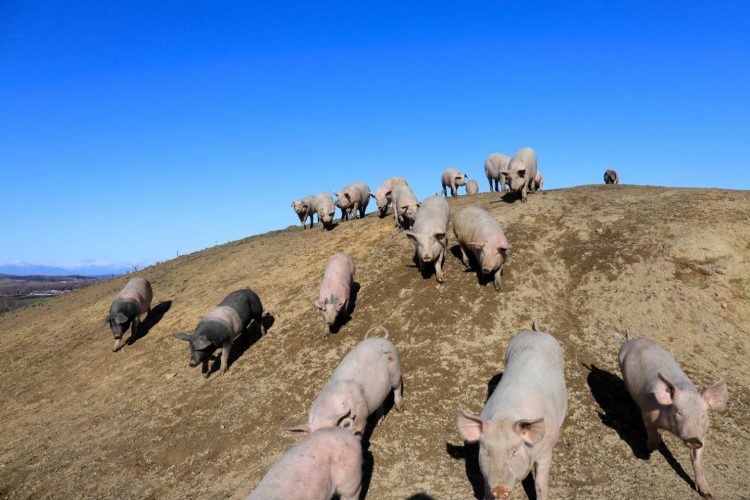
Japanese consumers more concerned by GE livestock than vegetables
The study also found that the way in which the topic of gene editing is presented to consumers can have an impact on their response.
Molson Coors Beverage Company has announced it has entered into three new partnerships that grant the beverage company exclusive distribution rights for Jimmy’s Iced Coffee, Lixir Drinks and Tarquin’s Gin and Twin Fin Rum from Southwestern Distillery across its established on- and off-premise trade networks in Western Europe.
The three partnerships were revealed as part of the launch of Molson Coors’ Beverage Hub, a division within its European business unit which the beverage giant says is dedicated to growing markets such as ready-to-drink beverages, adult soft drinks and premium spirits.
Read more here…
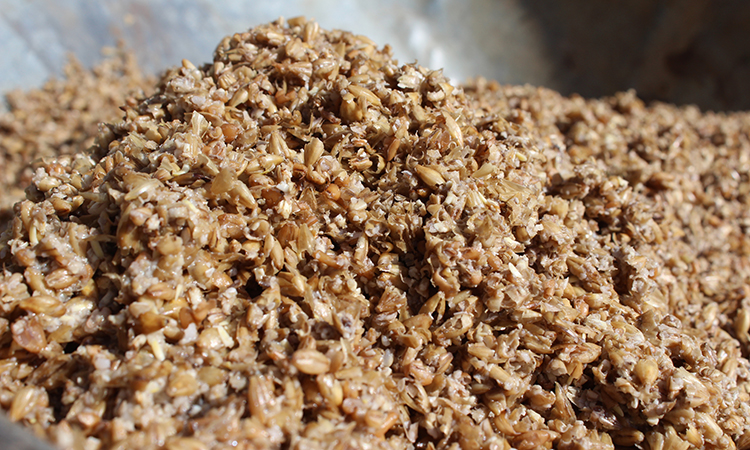
Could leftover grain from brewing become an alternative protein source?
Scientists in the US think they may have found a use for the leftover grain produced as a result of brewing beer, which involves both shrimp farms and a newly discovered bacteria from Yellowstone.
Home brewing enthusiasts and major manufacturers alike experience the same result of the beer-making process: mounds of leftover grain. Once all the flavour has been extracted from barley and other grains, what’s left is a protein- and fibre-rich powder that is typically used in cattle feed or put in landfills. A group of scientists however has reported a new way to extract the protein and fibre from brewer’s spent grain and use it to create new types of protein sources, biofuels and more.
Read more here…

Branded product: manufacturers respond to ongoing shifts in consumer attitudes
KANSAS CITY – The past 12 months have offered time for reflection as restrictions found consumers shifting online for communication, shopping and awareness initiatives. With this focus comes heightened awareness of food-related issues ranging from brand reputation and sustainability and transparency to ingredient functionality and wellness, forever changing how consumers think about and purchase food.
Today, manufacturers looking to compete must consider the bigger picture as food purchases become more complicated, considered and inclusive.
“Food has never played a greater role in how we feel, because it’s become such a huge part of our every day, in the absence of so much else,” said Paul Baker, founder of St. Pierre Groupe, Manchester, UK.
Read more here…

Ithaca Hummus adds sharing sizes to product lineup
Read more here…


